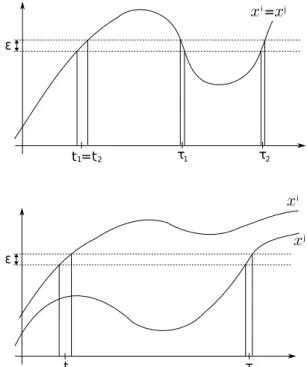Identification of Time-Non Local Models under Diffusive Representation
Texte intégral
Figure


Documents relatifs
Eventually, the obtained time-homogenized equations are solved relatively to the slow time scale only, by introducing the averaged influence of the fast cycles cor- responding to
There are two appendices associated with this report. Appendix A outlines a number of models employed in IJC-related studies, and evaluates them against IJC model
Secondly, we generalize those methods to study a many-node thermal model of a spacecraft: this model also has a stable steady state under constant heat inputs that becomes a limit
Estimates of individual mass variations are provided via the di fferent geophysical models for each component of the Earth mass system, namely the atmosphere, the continental
The higher density of strong Lewis acid sites on natural and ammonium-modified zeolite samples seems to favour the reaction between adsorbed toluene at Brønsted acid sites and
Of the variables tested, the PDMS thickness, pad-to-lead interface shape, and width of leads can be deemed inconsequential design parameters in the improvement
Determinantal point processes (DPPs) are specific probability distributions over clouds of points that are used as models and computational tools across physics,
On the other hand, we want to generalize the estimate to second order Riesz transforms acting on multiply connected Lie groups, built as the cartesian product of a discrete